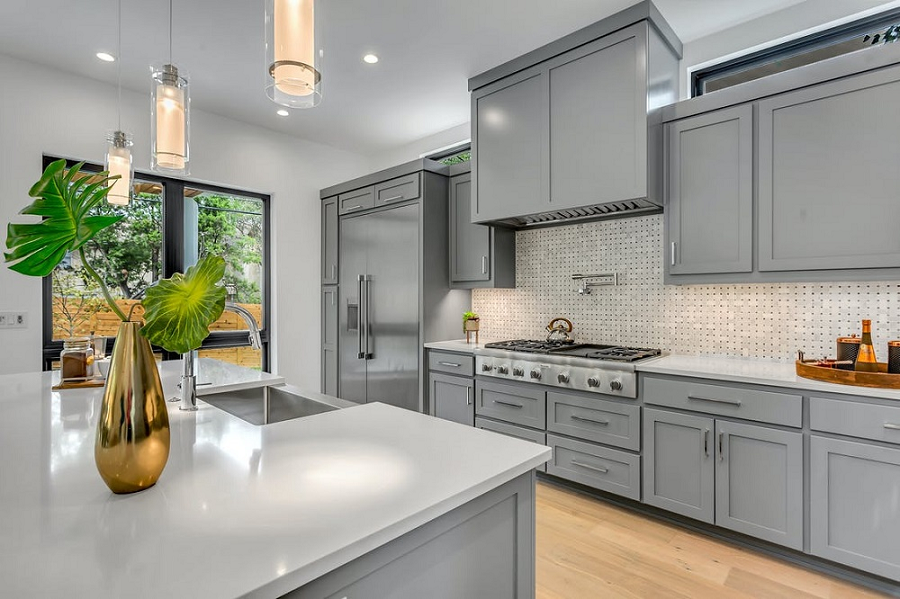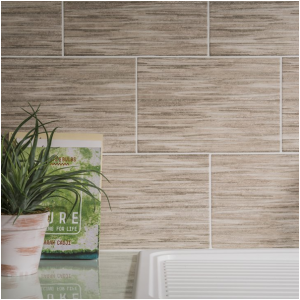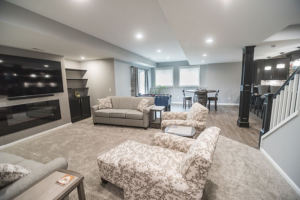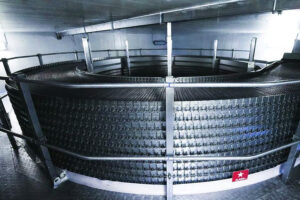
There are a lot of things to think about when it comes to designing and building kitchen cabinets. Before you begin, you’ll need to consider the quantity of stuff you’ll produce, the equipment you’ll need, and other factors. You can use a wide variety of hardware to create a cut list before you even begin to build. Check 541cabinets.com for help with the cabinets.
Pointers That Will Help You In Building Unique Cabinets
· Build A Cabinet Without A-Frame.
Most of today’s hardware is designed to work with frameless European cabinets, so if that’s your style, you’re in luck! With frameless construction, you can still get a more traditional type look.
· Second, Make The Base Cabinets At Least 23 -3/4″ In-Depth.
48-1/2″ is the norm in the width of sheet goods. After trimming the factory edges, loosen 1/8″ mainly for saw kerf. Now, you’re left with approximately 47-7/8″ material. You can get two rips from a plywood sheet if your cabinets are slightly less than 24″ deep.
· Create Upper Cabinets With A Depth Of 11-7/8″
This is also done to maximize the amount of material that can be harvested. If you build your upper cabinets just 12 inches deep, you’ll get four rips from a 48-1/2-inch sheet.
Make the adjustable shelf holes at a 37mm distance from the cabinet’s front edge by spacing the adjustable shelf holes 32mm apart.
This setup can accommodate various hardware. Many of the most popular drawer slides and hinge plates are compatible with the 32mm System. Take a look at the illustration shown above.
· Knowledge OfInch-To-Millimeter Conversion
You may need to convert millimeters to inches if you purchase hardware that includes templates and instructions in millimeters. An inch is made up of 25.4 millimeters. Using this formula, 36 inches equals 914.4mm when converted to millimeters.
· Use Some Modular Arithmetic To Get The Job Done.
This may look not easy, but it’s not. Divide the cabinet height by 32mm, and you should get 19 as a remainder. In this case, the first hole you make must be 9.5 millimeters from the lower edge, allowing for a 32-millimeter spacing between holes. Dividing a numerical and finding the remainder can be done by pressing the mode key on your calculator.
These six-pointers will help you get started. However, you should learn more about the 32-millimeter system to see how it streamlines the cabinet-making process for professionals.





